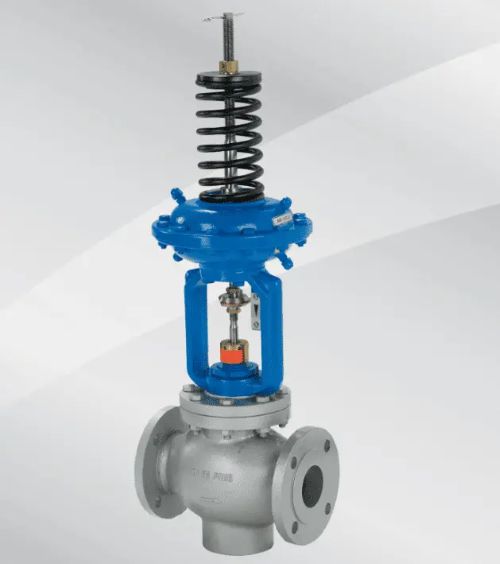


Understanding The Differential Pressure Control Valves
Introduction
In HVAC systems, maintaining stable pressure and flow is critical for efficient and reliable operation. Differential Pressure Control Valves (DPCVs) play a key role by regulating the pressure within system sub-circuits. These China Control Valves protect equipment, enhance energy efficiency, and ensure consistent system performance by preventing excessive pressure differentials. This article explores the function, applications, installation, and benefits of DPCVs in modern HVAC systems.
What is a Differential Pressure Control Valve?
A Differential Pressure Control Valve (DPCV) is a mechanical device designed to maintain a set pressure differential (ΔP) across a specific section of a heating or cooling system. By limiting pressure fluctuations, DPCVs control flow rates and prevent over-pressurization, ensuring optimal performance and protecting system components.
Common in hydronic heating, chilled water loops, and variable flow systems, DPCVs are essential wherever demand varies and pressure stability is critical. Their role becomes increasingly vital in energy-efficient HVAC systems utilizing variable-speed pumps or dynamic load conditions.
Key Applications
Heating Systems: In hydronic systems, DPCVs regulate pressure across radiators or underfloor heating loops, ensuring even heat distribution and preventing damage from excessive pressure.
Chilled Water Systems: Installed across chillers, DPCVs maintain a stable ΔP, protecting the chiller and optimizing cooling performance.
Variable Flow Systems: In systems with fluctuating demand, such as those using variable speed pumps, DPCVs stabilize pressure, preventing inefficiencies and ensuring reliable operation.
Installation Considerations
Proper installation is essential to maximize the effectiveness of DPCVs:
Chilled Water Loops: DPCVs are typically installed in bypass lines between supply and return pipes of chillers. When ΔP exceeds the set point, the valve opens to bypass excess flow, maintaining chiller protection and efficiency. Sizing, accessibility, and adherence to system design are key to correct installation.
Heating Systems: In radiator or underfloor heating circuits, DPCVs should be installed close to the sub-circuit they control. Ensure compatibility with system pressure and temperature, and maintain them regularly for consistent performance.
Benefits of DPCVs
Equipment Protection: By regulating pressure, DPCVs safeguard chillers, pumps, and heat exchangers from damage due to over-pressurization.
Energy Efficiency: Stabilized pressure differentials reduce pump workload and energy consumption, leading to cost savings.
Improved Reliability: By preventing pressure-related issues, DPCVs enhance the longevity and stability of HVAC systems.
Enhanced Comfort: Consistent pressure ensures uniform heating or cooling, improving occupant comfort.
Regulatory Compliance: DPCVs help systems meet performance and safety standards required in building codes and industry regulations.
Conclusion
Differential Pressure Control Valves are vital components in modern HVAC systems, ensuring stable operation, protecting sensitive equipment, and improving energy efficiency. Whether used in chilled water loops, heating systems, or variable flow applications, DPCVs contribute significantly to performance and reliability. As sustainable and energy-efficient HVAC solutions become more essential, the role of DPCVs will continue to grow, making them a key element in effective system design and operation.Learn more about Google SEO.
